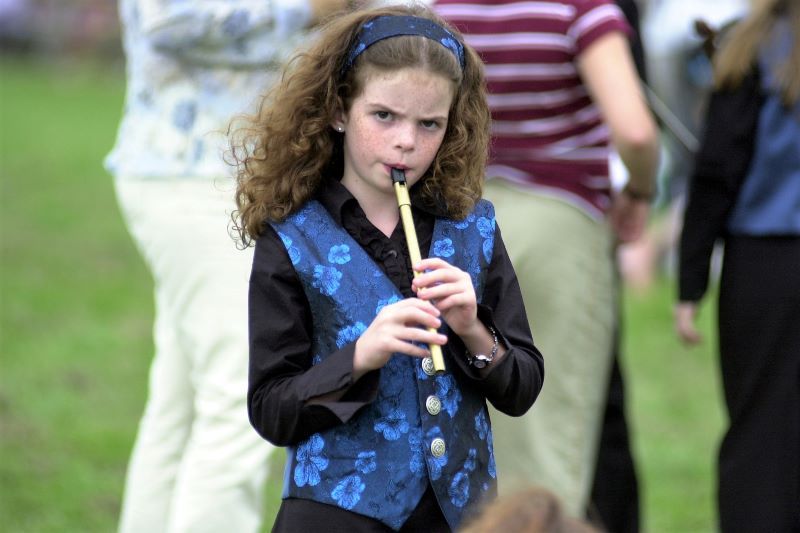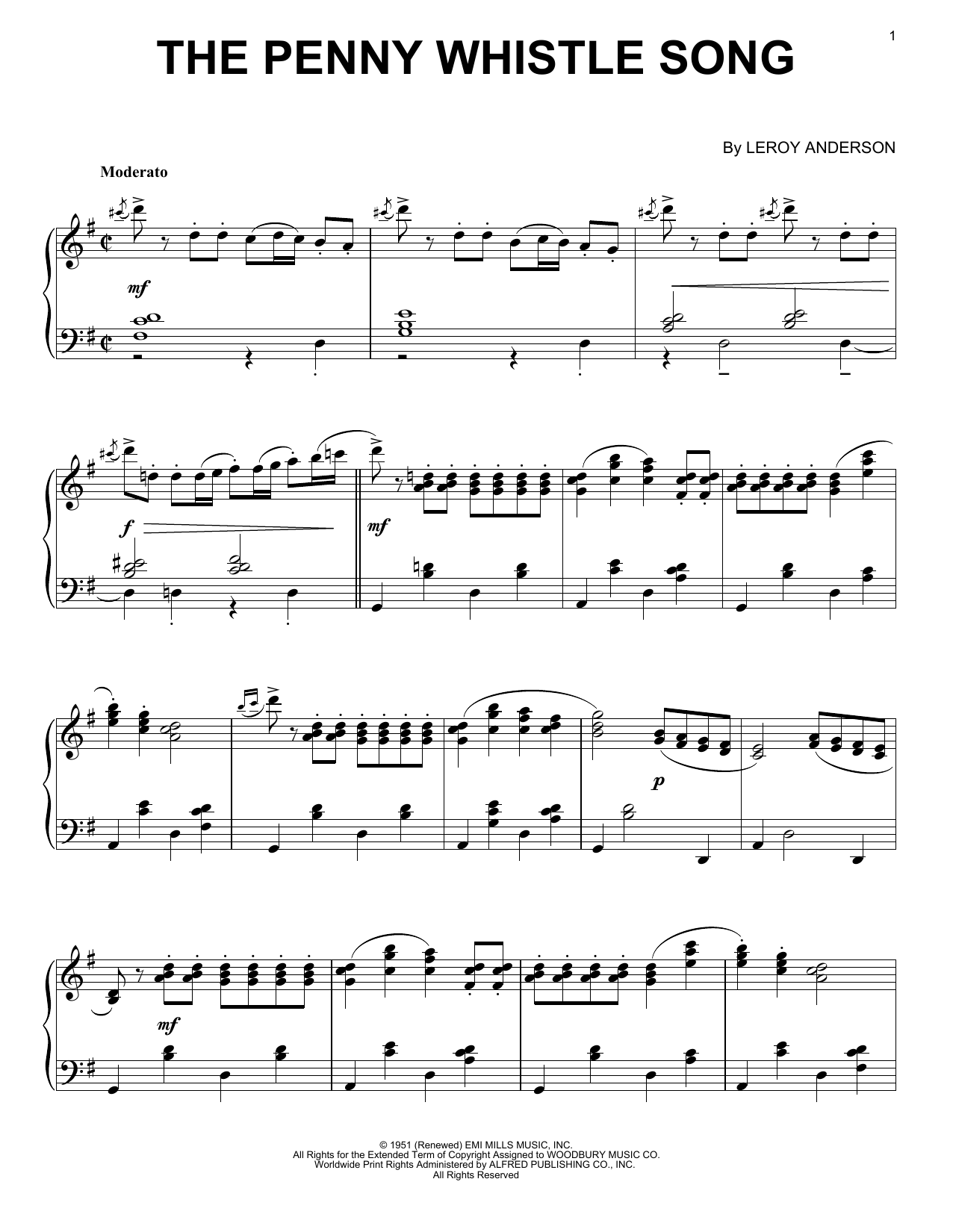Penny Whistles are popular folk music instruments with multiple uses. While commonly associated with Irish traditional music, they also play an essential part in Kwela music from South Africa.
Penny whistles come in different keys; most commonly found is the D whistle.
Keys
A key of D is a standard concert pitch and is recommended for beginners; however, there are numerous alternatives. For instance, low D whistles produce an iconic Irish sound which is recognized worldwide; whilst an alto C whistle offers a more subdued tone compared to regular D whistles.
There are also whistles available in all 12 chromatic keys for use with various musical genres.
A D whistle is the most widely-used whistle, offering easy notes in D and G major keys. However, for more challenging scales you could invest in either a C whistle or F whistle instead.
Tongueing
The penny whistle is a relatively straightforward instrument with six holes for fingers to cover, providing access to a broad selection of keys and making the penny whistle suitable for playing various genres of music.
Many whistle players find it challenging to play in the higher octaves. This can be solved using various fingering techniques such as half-holing (partially covering up the uppermost hole) or cross-fingering.
Alternately, you might find it helpful to transpose music from other keys onto the D whistle fingerings – this can save time in practice!
One of the key steps towards developing strong breath control is tongueing. Tapping your tongue along the edge of your teeth is one way, but try using different syllables for tongueing! This technique can give your airs a much “unaspirated” sound!
Covering the holes
While a whistle is generally considered diatonic (it produces only notes that correspond to its tuning), an experienced whistler can get semitone notes by partially covering some finger holes – known as ornaments – producing cuts, taps, long rolls, short rolls, slides and vibrato effects.
Penny whistle players frequently employ the tonic note when creating their soundscape, which is produced by blowing air steadily through their instrument. It is one of the easiest notes to play.
On a D whistle, this would be note D; this note serves as the tonic of major scales but can also be played within natural minor scales with proper fingering. A C whistle can produce this same note by fingering its tone hole.
Breathing
Breathing is a skill that takes practice to master, yet can make the difference between playing an easy tune and an amazing one. Additionally, it helps maintain momentum within songs so they remain engaging for listeners.
No matter your goal is for better breath control or tone development, breathing exercises may help. Utilizing a metronome can also assist in this regard and become a source of comfort when practicing these skills.
Starting off, begin with a D major arpeggio that you can play up and down with different breath pressure. This will allow you to gain an intuitive understanding of how much air each note requires.
Once you understand how much air each note requires, practicing smaller intervals will help develop an instinct for how many breaths are necessary for each note – so that your playing becomes faster and more efficient.




